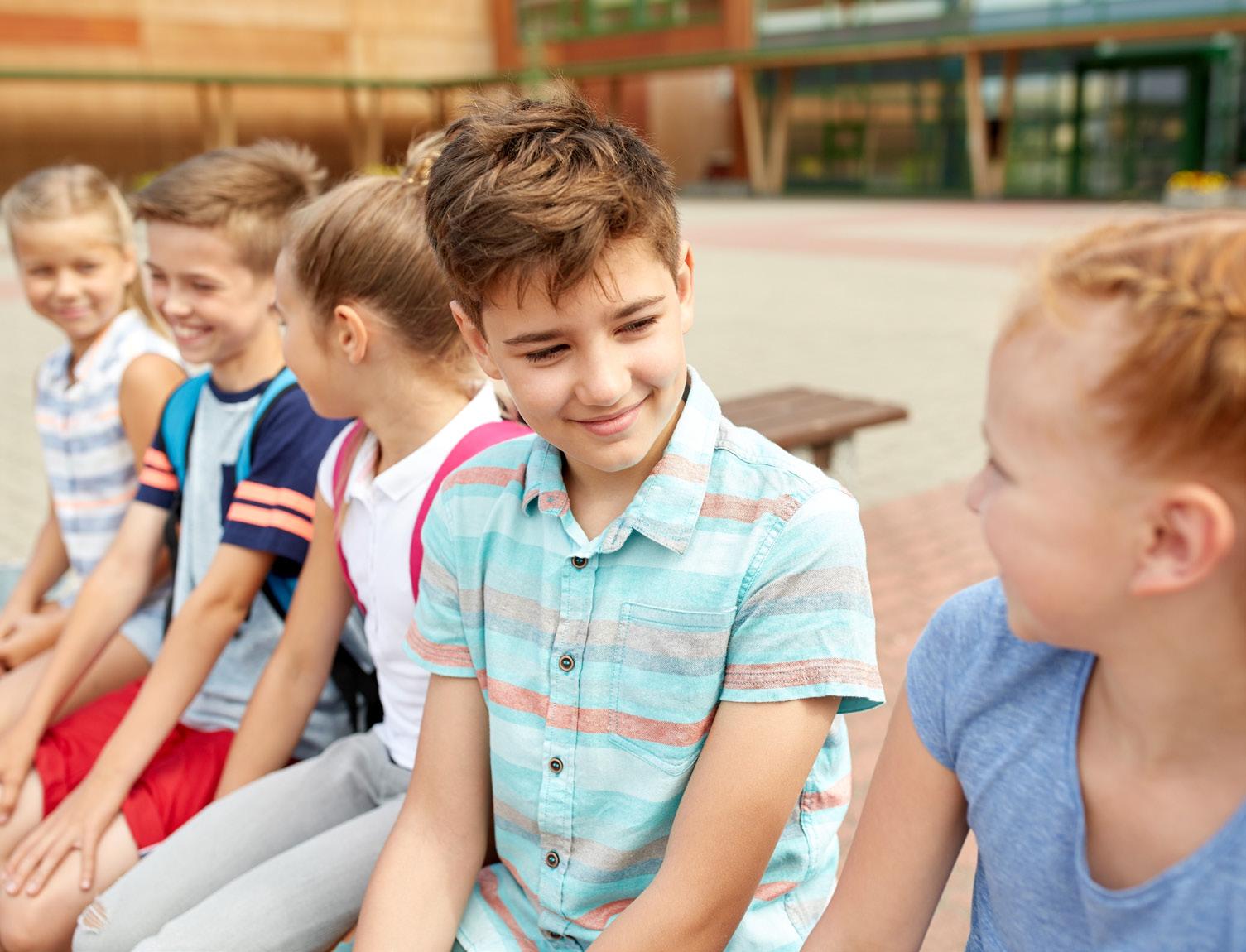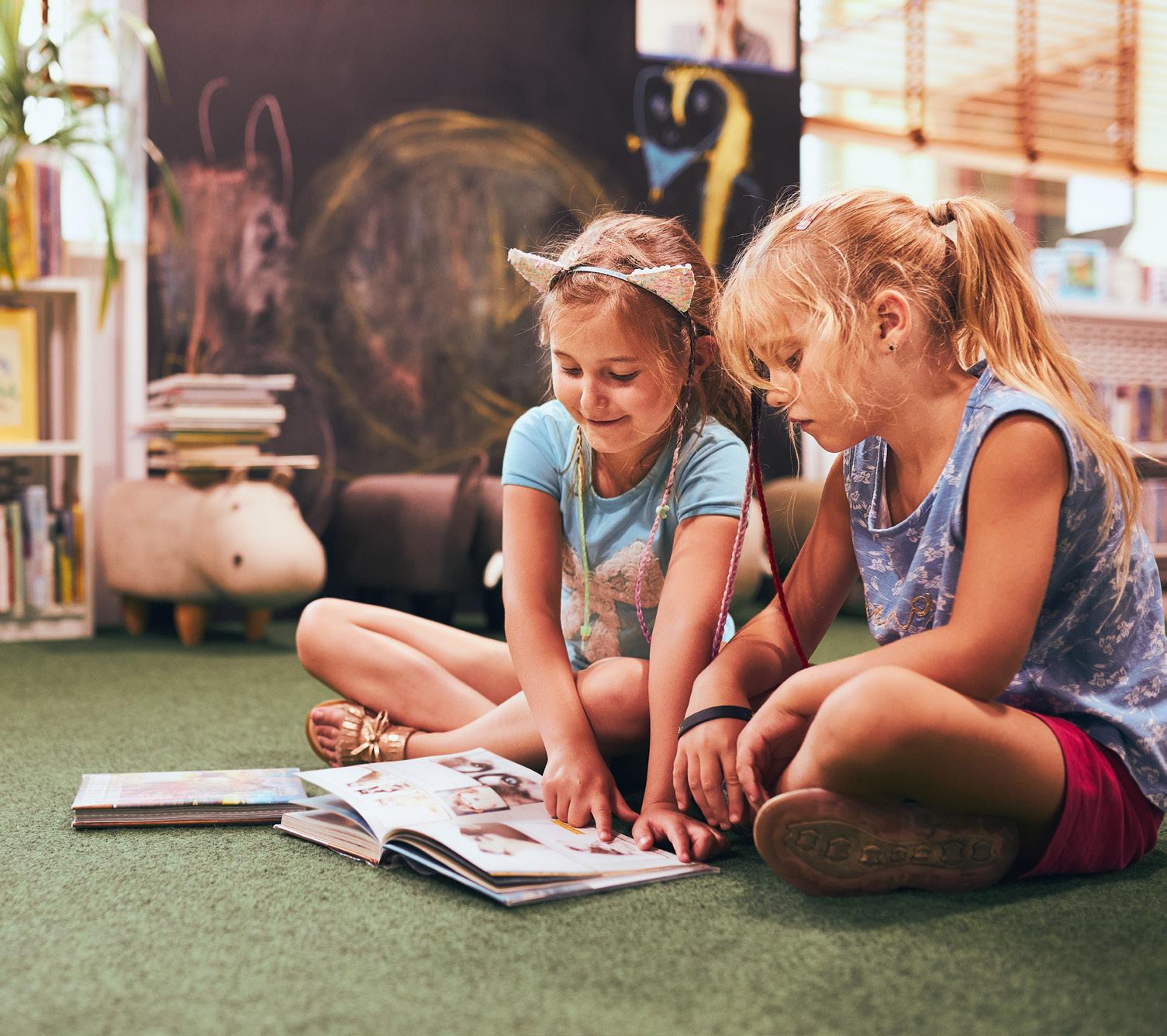
4 minute read
Time to re-envisage what schools could be
from June 2023 Western Teacher
by SSTUWA
By Dr Pasi Sahlberg and Professor Sharon Goldfeld
The cold fact is that despite continuous reforms and growing investments over the past two decades, educational performance – and especially equitable performance – of Australia’s schools isn’t improving. Indeed, in many ways it is getting worse.
Advertisement
Consider these statistics. Since 2000 Australia’s PISA scores have dropped 33-24 points in maths, reading and science.
Students’ performance in literacy and numeracy since 2008 when National Assessment Program – Literacy and Numeracy (NAPLAN) was inaugurated has been stagnant or declining (ACARA database).
During the same time total education spending per student has gone up by 46 per cent, adjusted to a 22 per cent increase in the number of students (Rice, Edwards & McMillan, 2019).
Additionally, there are large achievement gaps between different equity groups, such as rural and urban students, Indigenous and non-Indigenous students and socioeducationally disadvantaged and other students (Australian Government, 2023).
Together with these inconvenient trends, we are seeing alarming signs in declining student health and well-being.
Anxiety, depression and conduct disorders are leading mental health concerns among our youth. For example, one in seven four to 17-year-olds was found to have a mental disorder. One in six adolescents reports problematic levels of loneliness (Lim, Eres & Peck, 2019).
Leaders and professionals in the Australian health and education sectors have been striving to provide best possible care and learning for every child.
While there has been progress made for some, these efforts are not matching realities as well as they could despite increased spendings on both health and education.
Doing more of what we have done before is clearly not the best way to make school a better place to improve student learning and well-being.
In our discussion paper titled Reinventing Australian schools for the better wellbeing, health, and learning of every child (Sahlberg et al., 2023) we outline a new vision for uplifting student learning, wellbeing and health in our schools.
We argue that the core purpose of schooling needs to shift from primarily focusing on narrow academic intelligence to equal value learning, wellbeing and health outcomes for balanced whole-child development and growth.
What might this look like in practice? Rather than trying to simply jump to the solution, we instead suggest adopting a whole-child and whole-school approach as a leading principle for change.
A whole-child approach requires schools to fully emphasise the complete scope of a child’s needs and being, including cognitive, social, emotional, physical, ethical and psychological, rather than concentrating dominantly on only part of a child.
A whole-school approach means the responsibility for developing and meeting the needs of the whole child are shared in a coherent way, equally by all at the school and potentially beyond.
We believe a whole-child and wholeschool approach optimises the opportunities for all children to grow up as the individuals they want to become.
Generally speaking, in Australia, public policies to improve education outcomes for all have overlooked the interconnection between health, wellbeing and learning.

Although well intended, health and wellbeing initiatives in Australian schools are often separate projects, courses or reaction opportunities to those who are at risk or already have health and wellbeing issues.
We suggest that health should be viewed as an essential future skill that all children should learn also in school.
If not now, then when is the right time to re-envisage what schools could be? Together with the whole-child and whole-school approach, our discussion paper offers four other principles to support uplifting learning, well-being and health of all children in Australian schools.
1. Co-designed, evidence-based, and flexible learning and well-being approaches
All children should be supported to achieve health, well-being and learning goals in school that matter to them in ways that work for them; keeping them engaged and motivated to live, learn and be well.
2. Health and well-being as essential 21st century skills
Health and well-being should be seen as outcomes of school education of equal importance to literacy, numeracy and other academic domains. This includes learning skills in digital, mental, socioemotional, nutritional and physical wellbeing for all children as early as possible, in developmentally appropriate ways.
3. Building an engaging culture of health, well-being and learning in school
A safe, inclusive, positive, engaging and healthy school culture throughout the whole school matters to support the development of the whole child.
4. Partnerships between services, families and schools
Schools should not be isolated silos. They are important community assets. In our vision, they are community centres or hubs, effectively and collaboratively meeting local children’s needs through relationships and partnerships between community members, one of which is the school.
The key to transforming Australian education to be fairer and better for all is more inclusive and informed grassroot conversations.
The vision of more holistic and equitable Australian school is not just a dream, it is mission possible. A whole-child and whole-school approach to improve children’s health, well-being and learning has a solid foundation in research and practice around the world.
The principles and call to action we have outlined would not require discarding everything we currently do, nor simply ask more of educators in the current context.
But it would encourage us to stop doing anything that does not support a whole-child and whole-school approach in schools to address particular child, school and community needs.
Most of all, it requires bold new ways of thinking about children, their schooling and what it takes to secure healthier and happier futures for all of them.
Generally, we argue, educators and policymakers should see themselves as having a wider responsibility for all children and young people, not just narrow academic learning of those at their own schools.
This is the time to restore meaning to school as a place of shaping welleducated, healthy and conscious generations, and – most of all –happy children.
Dr. Pasi Sahlberg is a professor of educational leadership at the University of Melbourne where he leads research on learning through play, growing up digital and equity in education. His other fields of expertise are whole-system change, teacher education and development, cooperative learning and teaching mathematics. Professor Sharon Goldfeld is a paediatrician and director, Centre for Community Child Health (CCCH) at the Royal Children’s Hospital and theme director, Population Health at the Murdoch Children’s Research Institute. Her research program focuses on investigating, testing and translating sustainable policy relevant solutions that eliminate inequities for Australia’s children. The opinions expressed in this article are those of the authors and do not necessarily reflect any official policies or positions of the AEU or the SSTUWA. This article was first published on the EduResearch Matters blog (aare.edu.au/blog) and has been reproduced here with permission.










